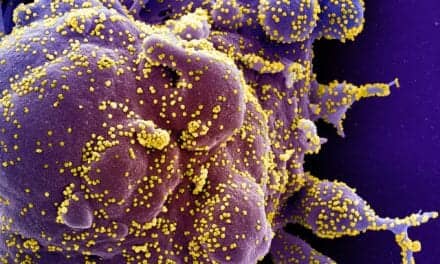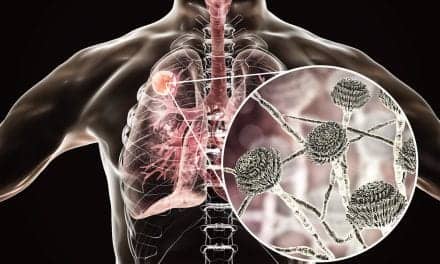In March 2020, the majority of shoppers changed their habits in response to the perceived threat of COVID-19 infection, shopping less frequently but purchasing more food and hygiene products on each visit, according to a study published by German researchers in Plos One.
In a retrospective online survey of 813 people conducted between April and May 2020, 57% said that they visited the shops to purchase food and hygiene products less often in March than in January that year. Controlling for individual differences such as gender, age, education level, and household size, the researchers found that participants that assessed their risk of infection as high were more likely to reduce the number of shopping trips they made and purchase more items — particularly non-perishable food and hygiene products — on each visit, compared to people who believed they were unlikely to catch the virus. A greater exposure to media coverage of the pandemic was associated with a greater perceived risk and fuller shopping baskets. People who reported finding uncertain situations stressful were also more likely to perceive a high personal risk and adapt their purchasing behavior.
These simple, instinctive behavioral responses based on our perceptions of risk have also been observed in non-human animals like rats, which tend to make fewer foraging trips and consume more food in one sitting in response to threats such as predator odors or an electric shock. The researchers say that a better understanding of how internal factors like personality, and external factors like media coverage affect people’s responses to risk could help in future public health initiatives to, for example, reduce panic buying.
The authors add: “Our study provides evidence that felt threat in face of COVID-19 leads to an increase in bought products per purchase while reducing shopping frequency. Similar changes in foraging behavior are found in rodents when expecting a predator.”










